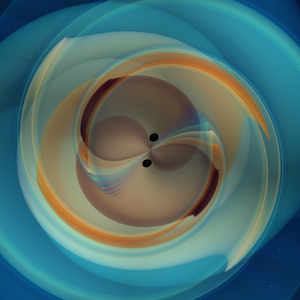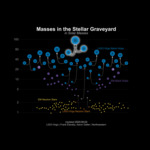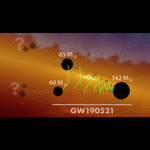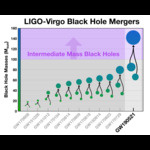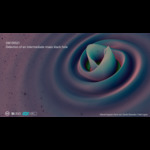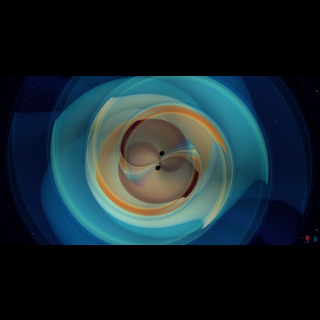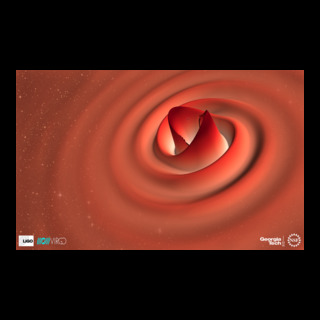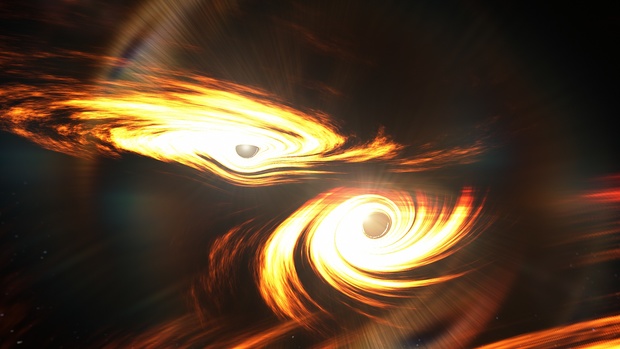
Building Up Black Hole Mass
This artist's concept illustrates a hierarchical scheme for merging black holes. LIGO and Virgo recently observed a black hole merger with a final mass of 142 times that of the sun, making it the largest of its kind observed in gravitational waves to date. The event is thought to have occurred when two black holes of about 66 and 85 solar masses spiraled into each other and coalesced. Theoretical models indicate that nature is not likely to form black holes of this heft; in particular models identify a range of masses between 65 and 120 solar masses, called the "pair instability mass gap," in which it is thought that black holes cannot be formed by a collapsing star. So how did the two merging black holes observed by LIGO and Virgo originate? Scientists think that these black holes may have themselves formed from the earlier mergers of two smaller black holes, as indicated in the illustration. Image credit: LIGO/Caltech/MIT/R. Hurt (IPAC).
- JPG
- Date
- September 2, 2020
- Location
- LIGO Lab
- ID
- ligo20200902e
- Type
- Artwork
- Credit
- LIGO/Caltech/MIT/R. Hurt (IPAC)

